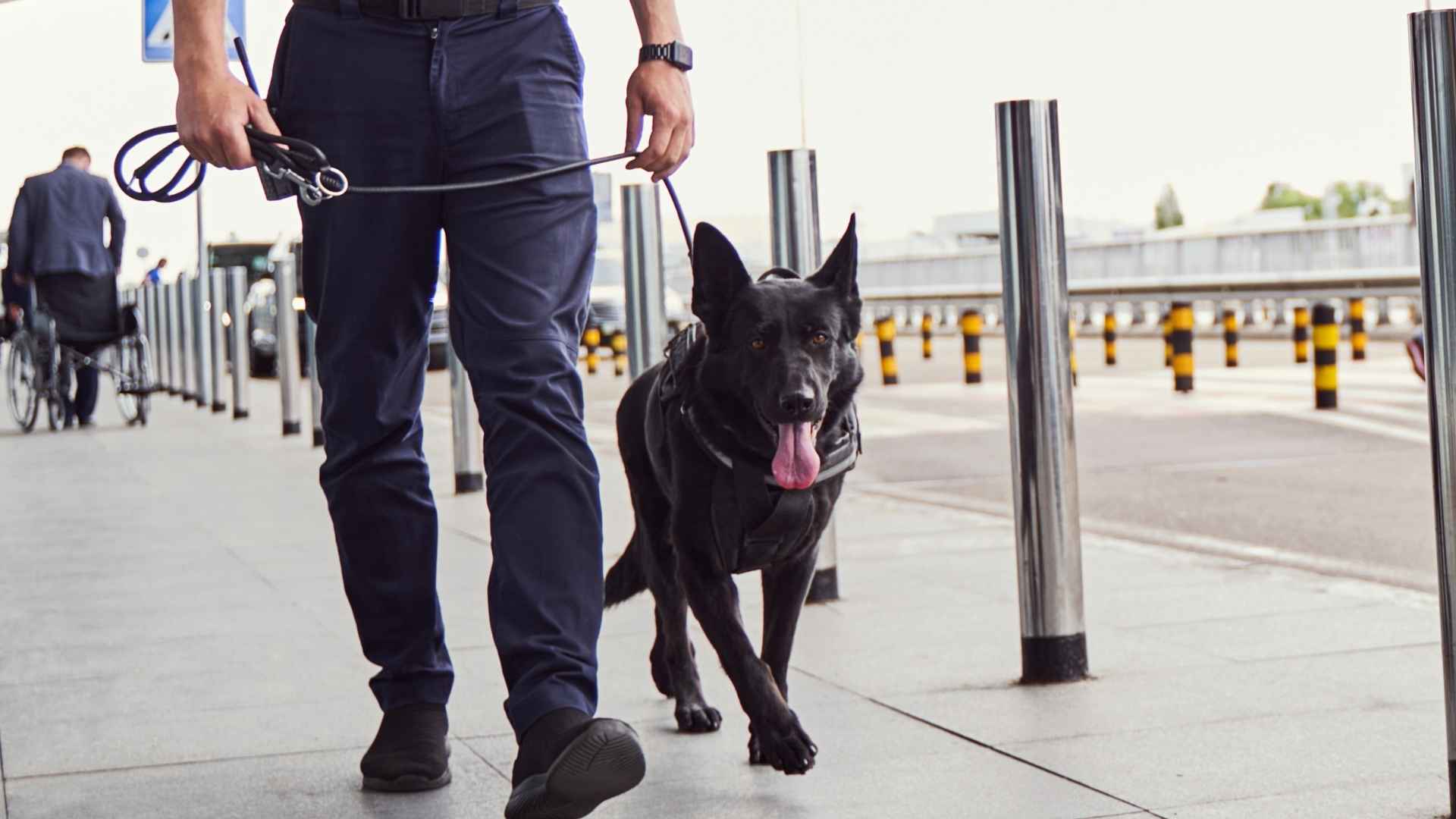Airports are high-stakes environments where security is paramount, and few allies are more effective than a well-trained dog. While many people know dogs as loyal companions or lovable pets, these intelligent animals also serve critical roles behind the scenes. Their extraordinary sense of smell, sharp instincts, and trainability make them indispensable members of airport security teams worldwide.
Canines working in airport security are not just any dogs; they’re chosen for their physical capabilities, mental focus, and obedience. From detecting explosives and narcotics to patrolling crowded terminals, these dogs work tirelessly to ensure safety for passengers and crew. Their speed, stamina, and unwavering loyalty make them ideal partners for handlers in fast-paced airport environments. With proper training, they can distinguish between thousands of scents, recognize threats, and remain calm even in chaotic settings.
If you’ve ever passed through an airport and noticed a focused dog scanning the area, you’ve witnessed the silent vigilance of canine security. In this article, we’ll explore the most effective dog breeds that are trusted to guard our skies from the ground.
Dog Breeds Ideal For Airport Security
1. German Shepherd
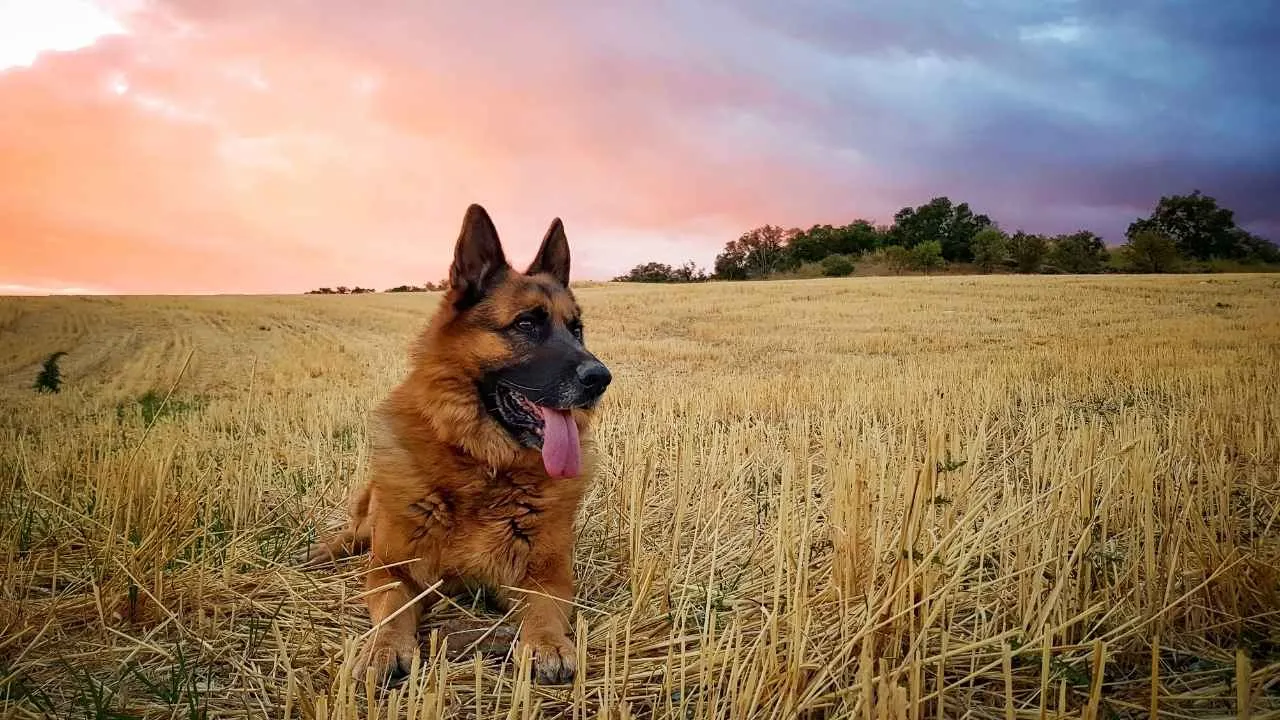
The German Shepherd Dog is a highly intelligent, noble, and versatile breed, known for its large, strong, and agile build, often regarded as the ultimate all-purpose working dog, as per the AKC. Originally bred as herding dogs in Germany, these canines evolved into one of the most versatile working breeds in the world.
Their natural confidence and courage make them ideal for high-pressure environments like airports, where alertness and composure are crucial. With a powerful physique and a calm yet commanding presence, they navigate bustling terminals with purpose and focus.
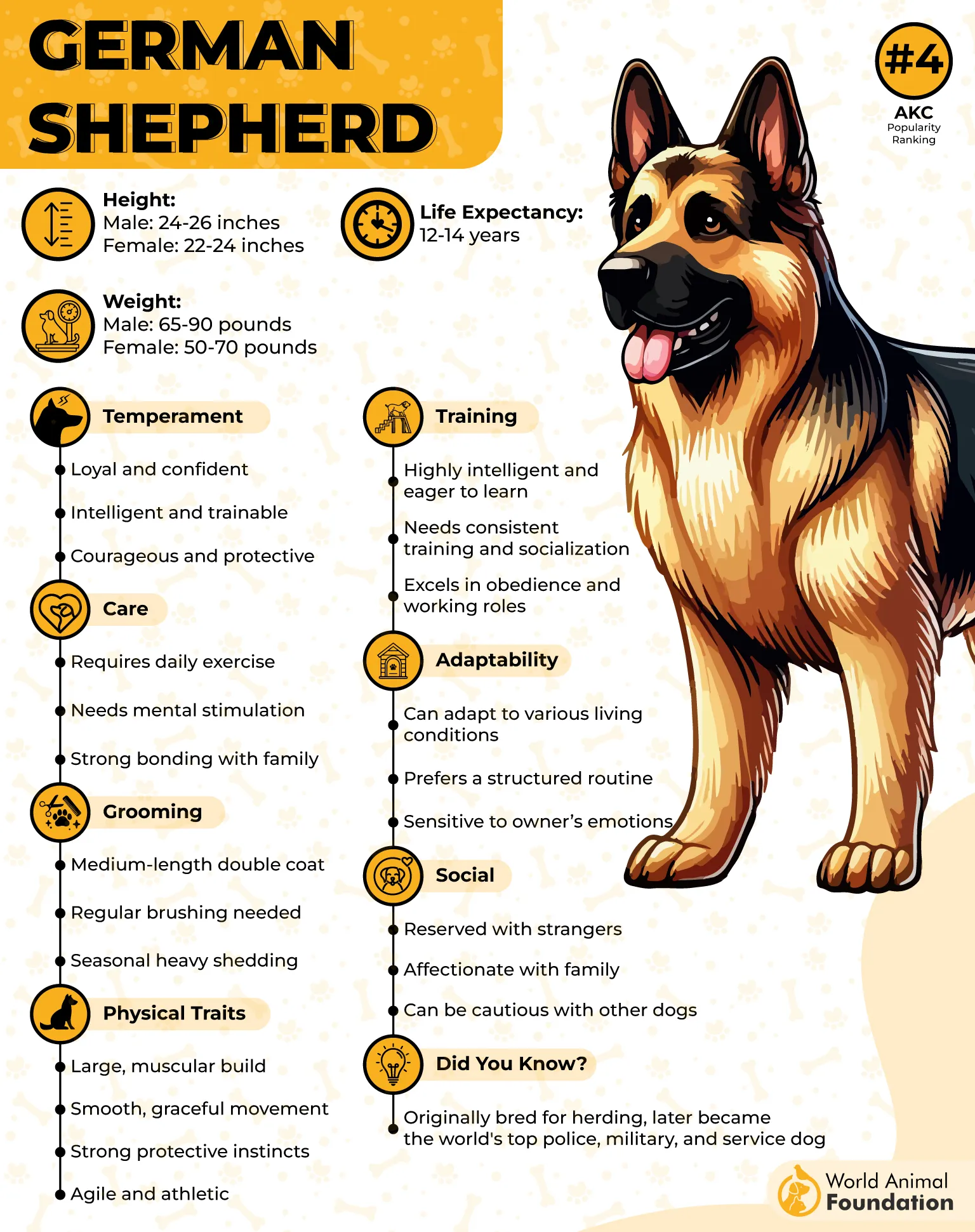
Training
These larger dogs excel in structured training programs, making them a top pick for TSA and other security units. German Shepherds are quick learners, capable of mastering advanced scent detection, obedience, and threat assessment with remarkable precision.
These bigger dogs’ eagerness to work and deep bond with their handlers result in dogs that not only follow orders but also anticipate and act with discernment. They can easily distinguish between harmless noise and a true security threat, an essential skill in crowded public spaces.
Fact: The breed’s defining characteristics, courage, intelligence, and loyalty, were originally refined not in police training, but through generations of selective herding in the German countryside.
2. Labrador Retriever

They are friendly, intelligent, and bursting with energy. Originally bred as gun dogs to retrieve game for hunters, Labs have evolved into multi-talented working dogs capable of performing an impressive array of duties.
Their keen sense of smell, combined with their calm demeanor in bustling environments like airports, makes them exceptional at detecting explosives, narcotics, and other contraband. WebMD notes that Labrador Retrievers are exceptionally friendly dogs. Equally important is their amiable personality, which ensures that they don’t intimidate the general public while on duty.

Training
Labradors are quick learners, highly motivated by food rewards, and naturally eager to please, qualities that make them ideal candidates for rigorous security training. Whether it’s scent detection or obedience under pressure, Labs handle complex commands with consistency and focus.
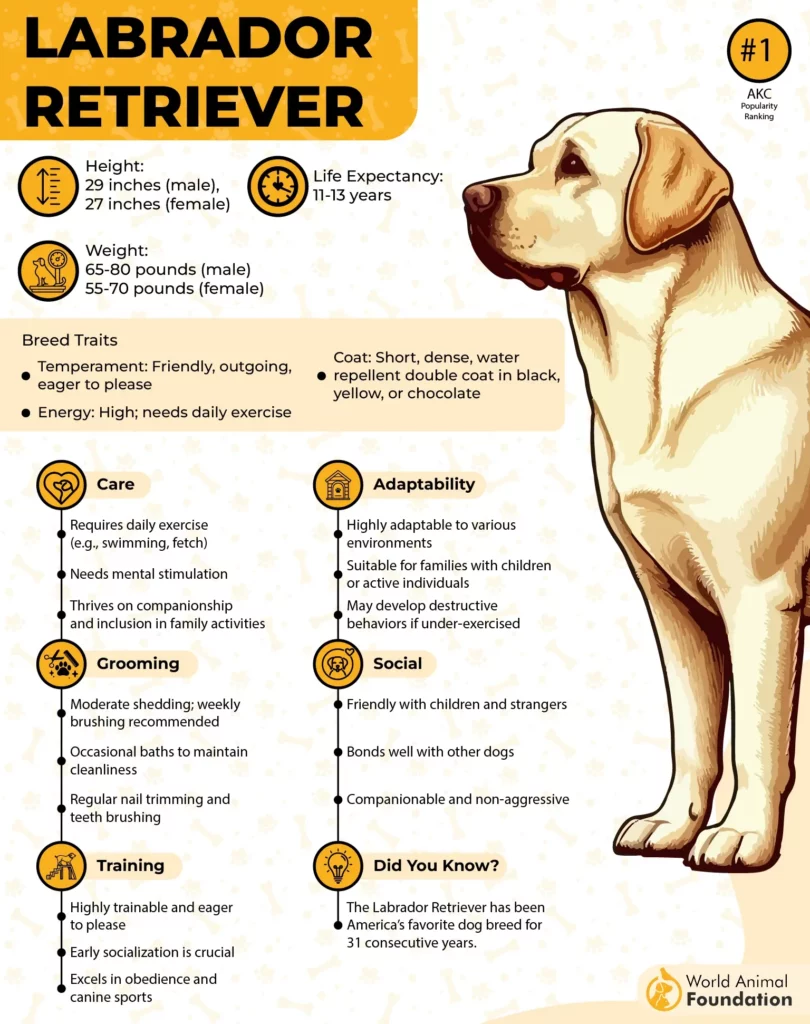
Though they’re playful by nature, they quickly adapt to structured environments and thrive with positive reinforcement techniques. However, handlers must monitor their treat intake to prevent obesity, as Labs can easily gain weight.
Fact: Labradors are frequently used in drug and bomb detection units due to their trainability, sociability, and acute sense of smell.
3. Golden Retriever
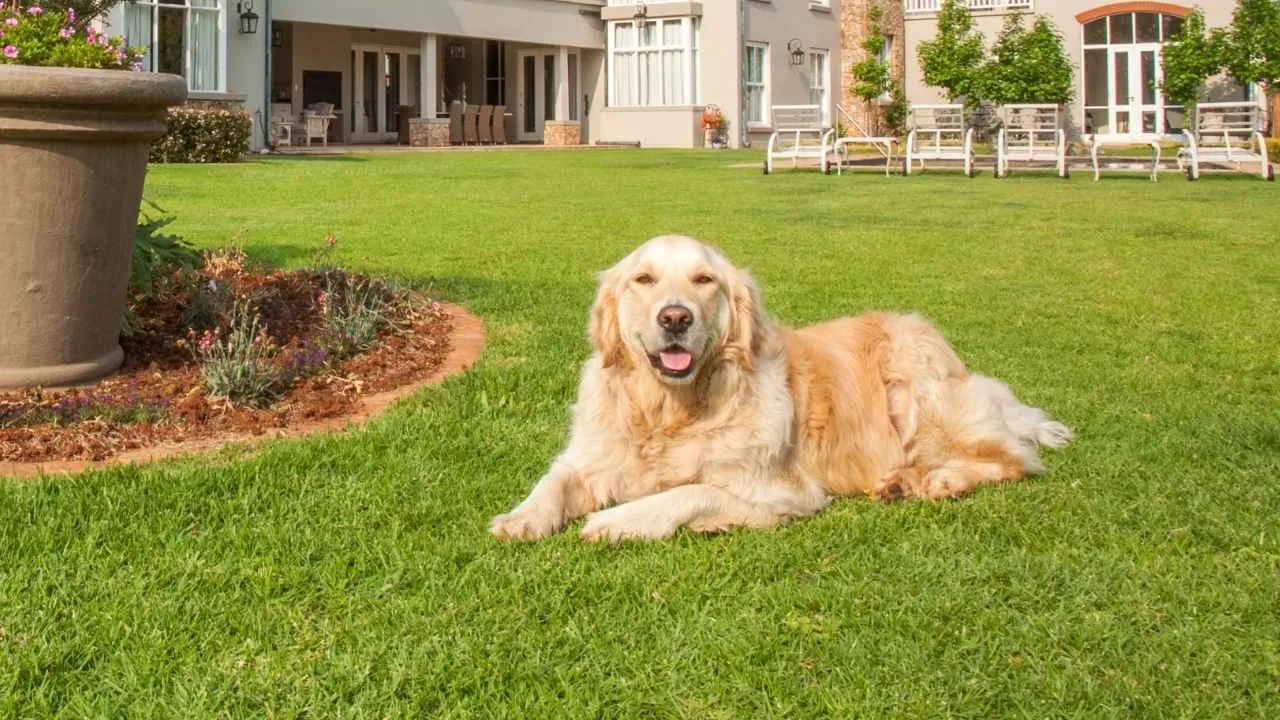
The Golden Retriever is famous for its friendly nature and willingness to please, as well as its enthusiasm for retrieving on both land and in water, as per Britannica. Originally bred in 19th-century Scotland as gundogs for retrieving waterfowl, their physical stamina and keen sense of smell lend themselves perfectly to detection work.
Calm and reliable even in chaotic environments, they are ideal for tasks such as sniffing out explosives or assisting in crowd-friendly surveillance. Golden Retrievers are also emotionally intuitive, making them excellent therapy and support animals in high-stress settings.
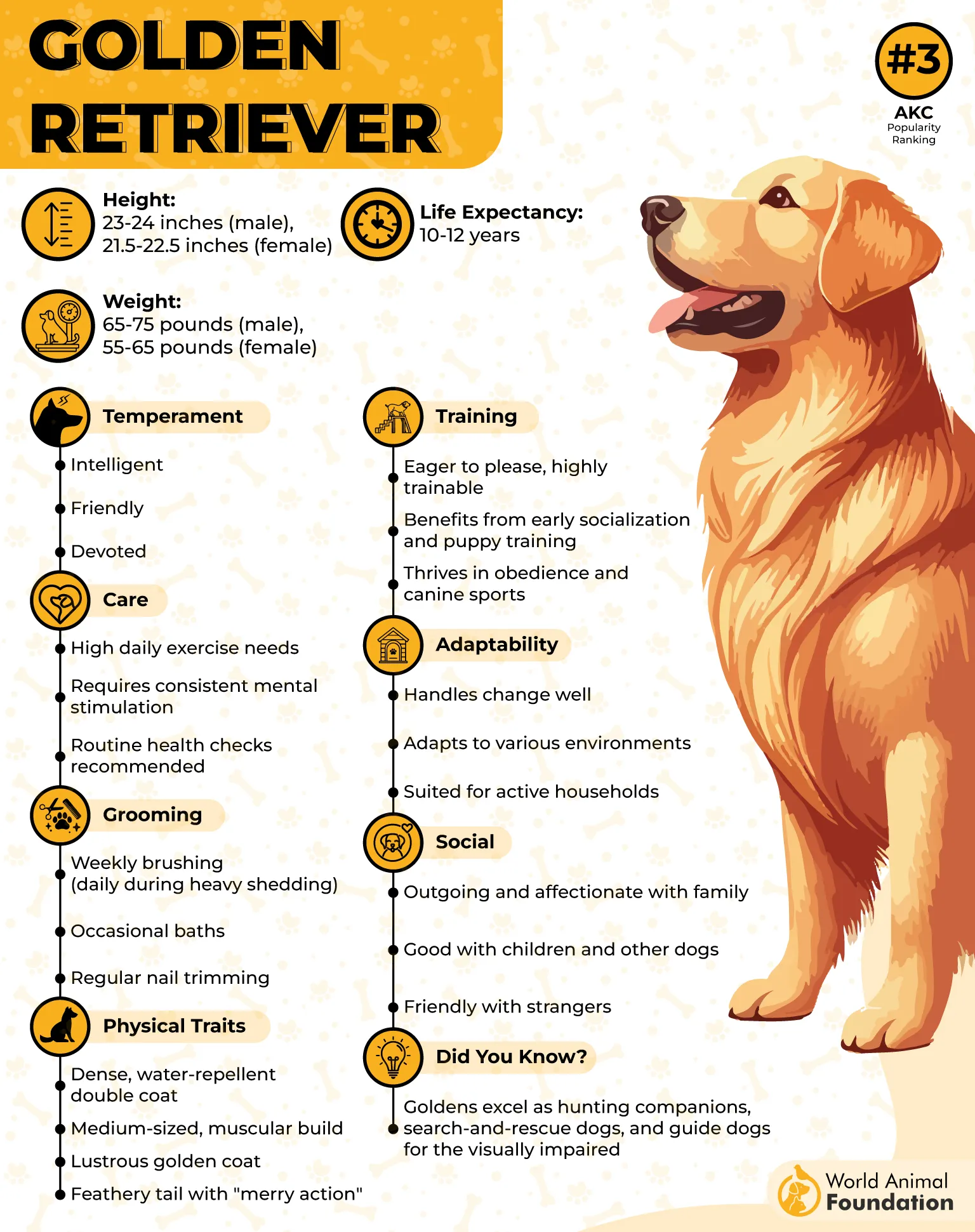
Training
Although Goldens may be slightly distractible during early training, they quickly become adept learners when consistent positive reinforcement techniques are applied. Their natural drive to please, combined with their strong memory and ability to follow commands from a distance, makes them particularly effective at scent detection and obedience-based work. With a structured regimen, they transform into disciplined and dependable partners for security personnel.
Fact: Golden Retrievers are widely used in guide work, therapy, and search-and-rescue, showcasing their intelligence, trainability, and unwavering temperament.
4. Belgian Malinois
Originating from the Belgian city of Malines, the Belgian Malinois is a high-energy, ultra-intelligent breed originally developed for herding but now renowned for its excellence in detection and protection work. PetMD states that the Belgian Malinois is among the most self-assured, intelligent, and dedicated working dog breeds.
With unmatched stamina and loyalty, these dogs are a top choice for airport security roles, including drug and explosives detection, crowd control, and search and rescue. Agile and focused, the Malinois thrives in intense environments, making it an essential asset to security operations around the globe.
Training
Belgian Malinois are not for the faint of heart; they demand continuous training, early socialization, and extensive physical and mental stimulation. They excel in agility, tracking, obedience, and protection work, but they must be challenged daily to prevent restlessness or destructive behavior. When properly trained, they form powerful bonds with handlers and deliver unmatched performance.
Fact: Belgian Malinois are so reliable in their detection and discipline that they are often the first-choice breed for police and military.
5. Bloodhound

This large, dignified breed boasts an extraordinary sense of smell, capable of following scent trails across long distances and difficult terrain. Bloodhounds possess more than 300 million scent receptors, the highest of any breed, which enables them to detect and distinguish even faint scent particles in crowded spaces like airports. Calm and docile off-duty, they become focused and tireless once on the trail of a target.
Training
While their scent-tracking instincts are legendary, Bloodhounds can be a challenge to train. Their independent nature and strong-willed personality mean handlers must use patient, positive reinforcement techniques.
Starting obedience and socialization early is key to developing their potential in a structured setting like an airport. Though they can be stubborn, Bloodhounds are affectionate and respond well to consistency and encouragement. Long walks and scent-based exercises also help reinforce training and keep these calm dogs mentally sharp.
Fact: Bloodhound scent evidence has been deemed admissible in court, highlighting the breed’s unparalleled scent-tracking credibility.
6. Rottweiler
The Rottweiler is a robust and commanding breed with deep roots in Roman history, originally descended from drover dogs that herded cattle and protected merchants. Revered for their strength, loyalty, and innate guarding instincts, Rottweilers are natural protectors, making them highly suitable for security roles.
Their powerful build, alert demeanor, and confidence allow them to remain focused and calm under pressure, ideal traits for monitoring crowded, high-traffic environments like airports. Despite their reputation for being formidable, Rottweilers can be affectionate and deeply loyal to their handlers, forming strong working bonds.
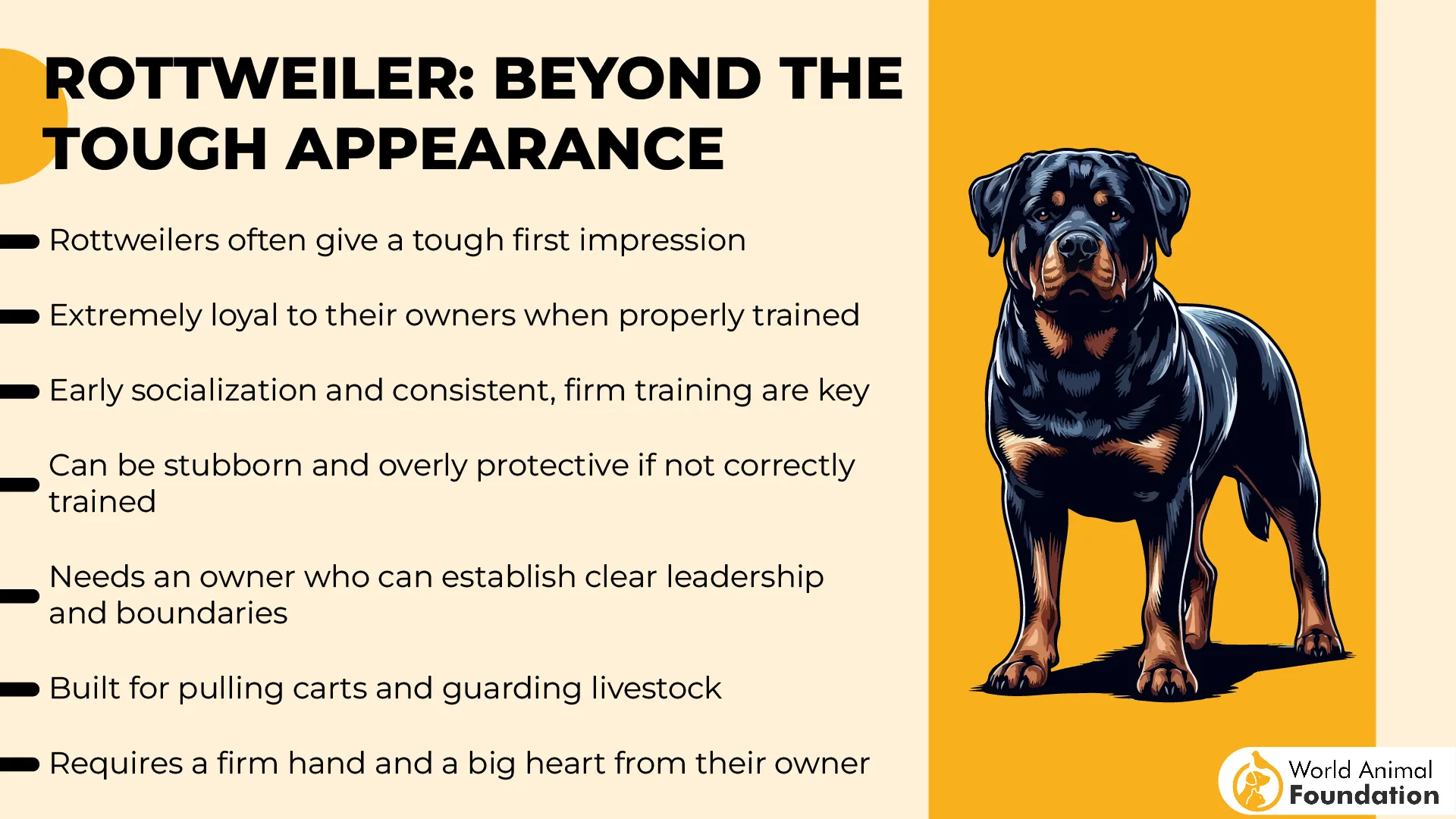
Training
They excel in scent work, Schutzhund training, and obedience routines, making them highly adaptable for roles that involve surveillance and detection. Early socialization and consistent, firm guidance are crucial to developing their full potential. With positive reinforcement, they can become disciplined and reliable partners in security settings.
Fact: Historically dubbed the “Butcher’s Dog,” these security dogs once guarded money pouches around their necks while accompanying traders, a testament to their protective instincts and intelligence.
7. Staffordshire Bull Terrier
Compact yet powerful, the Staffordshire Bull Terrier brings a unique blend of courage, loyalty, and intensity to the world of canine security. Originally bred in 19th-century England, these muscular terriers were known for their tenacity, but modern Staffords have evolved into affectionate, reliable companions.
Their strong sense of loyalty and protective instincts make them naturally attentive to their handlers and surroundings, valuable traits in high-alert environments like airports. Though smaller in size compared to typical working breeds, their sharp senses and unwavering focus make them a formidable presence in any security setting.
Training
This security dog breed responds exceptionally well to firm obedience training. Their intelligence, coupled with a desire to please, allows them to excel in structured tasks like scent detection or perimeter checks.
Early socialization is crucial to ensure they remain calm and non-reactive around strangers or other dogs. With the right training, they can operate confidently and reliably in crowded public spaces, making them an unconventional yet capable airport security companion.
Fact: Despite their rugged appearance, Staffordshire Bull Terriers are famously gentle with children and often referred to as “nanny dogs” due to their patient and affectionate nature.
Conclusion
Airport security relies on more than just metal detectors and X-rays; most dogs trained for detection work offer unmatched sensory capabilities and focus. From sniffing out illegal substances to monitoring crowds with unwavering attention, these specialized canines ensure safety in high-traffic terminals. While larger breeds like the German Shepherds often take the spotlight for their effectiveness, it’s worth noting that small dogs can also assist in specific detection scenarios, particularly where space or discretion is a concern.
Many of these breeds are not only dependable working partners but also great family pets. Their adaptability, loyalty, and intelligence allow them to transition smoothly between professional duties and home life. Even breeds like the German Shepard, well-known for law enforcement roles, shine at a dog show or in a family setting. Whether guarding baggage claims or bonding with their handlers, these dogs prove that excellence in airport security starts with the right breed and the right training.


